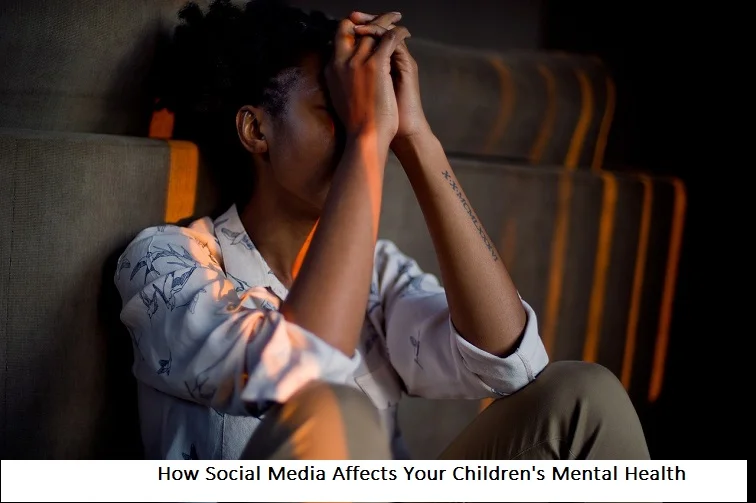+1 845 259 2974 (11 a.m to 7 p.m CST)
Handling Bullying at Home: Effective Strategies and Monitoring App Tips

Bullying at home is a serious issue that often goes unnoticed. It can happen between siblings, from parents to children, or even involve other family members. This type of bullying might include verbal attacks, physical harm, or emotional manipulation. Unlike bullying at school, it happens in a place meant to be a safe haven for children.
Ignoring this problem can have long-term effects on a child's mental health, self-esteem, and overall development. It's crucial to address bullying at home not just to protect the immediate well-being of children, but also to teach them healthy ways to interact with others. By tackling this issue head-on, families can create a more supportive and loving home environment. This sets the foundation for children to grow into empathetic, confident adults.
Understanding Bullying at Home
Bullying at home refers to repeated aggressive behavior by a family member that aims to harm or control another. It can take many forms, including physical aggression, verbal insults, social exclusion, and emotional manipulation. Unlike occasional arguments or conflicts, bullying is a persistent pattern of behavior that creates an imbalance of power in the family.
This behavior can deeply affect a child's emotional and psychological well-being. Victims may experience anxiety, depression, and a decline in academic performance. They might also struggle with low self-esteem and difficulties in forming healthy relationships outside the home. For the family, bullying disrupts the home's harmony, leading to a tense and fearful atmosphere. It can erode trust and communication among family members, making the home an unsafe place for emotional support and growth. Addressing bullying at home is crucial for the health and stability of the family unit.
Behavioral Changes in Children:
Parents must notice their kids closely and look for the signs that might lead to this issue. Here are some of the obvious behavioral changes:
- Withdrawal from Family Activities: Kids who are bullied may avoid spending time with family, preferring to stay alone in their rooms.
- Sudden Drop in Academic Performance: Bullying can lead to difficulties concentrating on studies, resulting in lower grades.
- Changes in Eating or Sleeping Patterns: Victims might experience loss of appetite or changes in sleep habits, like insomnia or nightmares.
- Avoidance of Certain Family Members: They may try to stay away from the bully, showing fear or distress when near them.
- Unexplained Injuries: Look out for bruises, cuts, or scratches that they can't or won't explain.
- Frequent Headaches or Stomach Aches: These may be stress-related or excuses to avoid family gatherings.
- Signs of Anxiety or Depression: This includes persistent sadness, hopelessness, or episodes of crying.
- Sudden Loss of Friends or Avoidance of Social Situations: They might isolate themselves, showing little interest in activities they once enjoyed.
Noticing these signs early can help address the issue before it escalates.
Role of Monitoring Apps and How They Work
Monitoring apps are digital tools designed to track and analyze the activities of users on their devices. These apps can monitor calls, texts, social media interactions, and location. They often work quietly in the background, providing parents with insights into their child's digital life.
Benefits of Using Apps to Detect and Prevent Bullying:
- Early Detection: These apps can alert parents to harmful interactions or conversations, allowing them to address potential bullying situations early.
- Digital Safety: They help ensure children are safe from online predators, cyberbullying, and exposure to inappropriate content.
- Parental Peace of Mind: Knowing they can keep an eye on their child’s interactions online gives parents a sense of security.
Limitations and Privacy Considerations:
- Privacy Intrusion: Monitoring can be seen as an invasion of privacy, leading to trust issues between parents and children.
- False Security: Apps may not catch all instances of bullying, especially if it occurs off digital platforms or is subtle.
- Dependence on Technology: Solely relying on apps might prevent parents from engaging in open, trusting conversations with their children about their experiences and feelings.
While monitoring apps can be a helpful part of a broader strategy to combat bullying, they should be used wisely, with consideration for the child's privacy and autonomy.
Effective Strategies to Deal with Bullying
Open Communication: Encouraging Children to Talk
Creating an environment where children feel safe and supported to share their feelings is crucial. Regular, casual conversations can help them open up about their experiences without fear of judgment or repercussions. Listening actively and empathetically shows that their concerns are taken seriously.
Setting Clear Family Rules and Consequences for Bullying
Establishing firm rules against bullying within the family sets clear expectations for behavior. It’s important to define what constitutes bullying and outline the consequences for such actions. Consistently enforcing these rules reinforces the seriousness of the issue and promotes respect among family members.
Building Self-Esteem and Resilience in Children
Empowering children to believe in their own value can make them less likely to be bullied or to bully others. Activities that promote their strengths and achievements help build self-confidence. Teaching coping strategies and resilience helps them navigate challenging situations more effectively.
How to Intervene in Bullying Situations
Intervening in bullying situations requires sensitivity and assertiveness. It’s important to address the issue directly with the bully, explaining the impact of their behavior and enforcing the established consequences. For the victim, offering support and practical advice on how to handle bullying situations is key. Involving the whole family in discussions about kindness, empathy, and respect can help prevent future incidents.
In conclusion, dealing with bullying at home requires a thoughtful and proactive approach. By fostering open communication, setting clear rules, building children's self-esteem, and knowing how to intervene effectively, families can create a safer and more supportive home environment. Remember, the goal isn't just to stop bullying but to nurture a culture of respect and understanding. Taking these steps can help ensure that home remains a safe haven where every family member feels valued and protected. Let's work together to tackle bullying at home and empower our children to grow into compassionate and confident individuals.























